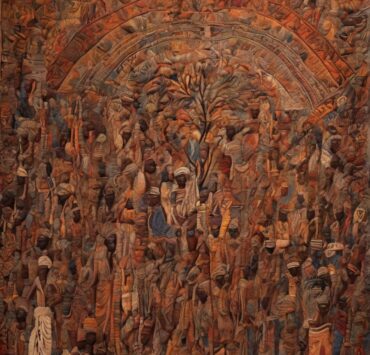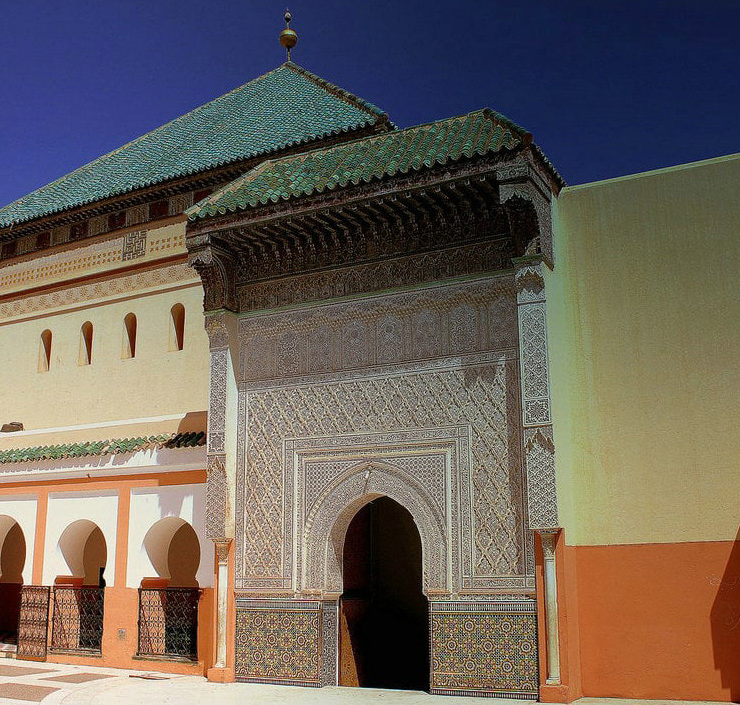Unintended Consequences: Nairobi Construction Boom’s Impact on Nature-Based Solutions for Urban Heat, and Drainage Problems

I offer sustainable design and construction services as a construction…
Introduction:
Nairobi, Kenya, often referred to as the “Green City in the Sun,” has experienced a remarkable construction boom over the years. As the nation’s capital and a regional economic hub, Nairobi has seen a surge in building and infrastructure projects. However, this rapid urbanization has come at a cost. The once-green landscape of Nairobi is gradually giving way to concrete and steel, leading to the loss of crucial nature-based solutions such as low vegetative landscapes and tree systems. These losses have, in turn, amplified urban heat temperatures and exacerbated drainage problems in the city.
The Construction Boom and Nature-Based Solutions:
The construction boom in Nairobi has significantly altered the city’s urban fabric. As the demand for housing, commercial spaces, and transportation infrastructure has soared, large swaths of green spaces, low vegetative landscapes, and tree systems have been sacrificed. Unfortunately, the importance of these nature-based solutions for urban cooling and drainage has not always been given due consideration in urban planning.
Rising Urban Heat Temperatures:
One of the most noticeable consequences of the construction boom in Nairobi is the increase in urban heat temperatures. Urban Heat Islands (UHIs), which are areas of elevated temperatures within cities, have become more pronounced. The removal of greenery, such as grassy lawns and trees, has resulted in greater absorption of solar radiation by concrete and asphalt. These heat-absorbing surfaces then release heat slowly, causing higher daytime and nighttime temperatures.
To put this into perspective, let’s examine some figures:
- The annual mean temperature in Nairobi has increased by approximately 1.4°C over the past few decades due to the intensification of UHIs.
- During the daytime, UHI effects has led to land surface temperature differences of 2°C as exhibited in the graph below between the period of 2000 to 2010 and 2010 to 2020 using the NASA ARSET’s MODIS.
- Likewise, Nairobi’s nighttime LSTs are rising as well, with differential temperature of 0.5°C exhibited within the same duration periods and shown in the graph below.

Furthermore, the construction of tall buildings often creates “urban canyons” that trap heat and limit airflow, exacerbating the warming effect. This rise in urban heat temperatures is not merely a matter of comfort; it has significant health implications, particularly for vulnerable populations, as heat-related illnesses become more common.
Drainage Problems in Nairobi:
Nairobi has experienced a surge in drainage issues as a direct result of the construction boom. The city’s once-effective natural drainage systems, including rivers, streams, and green spaces, have been disrupted or paved over to make way for roads, buildings, and parking lots. These natural drainage systems served as critical mechanisms for water absorption and runoff management, reducing the risk of flooding during heavy rains.
The construction of impermeable surfaces and haphazard storm water management have led to surface water runoff that overwhelms the city’s drainage infrastructure. As a result, Nairobi faces increased instances of flash floods, waterlogging, and erosion during rainy seasons. These drainage problems not only disrupt daily life but also pose threats to public health and safety.
The Need for a Balanced Approach:
While the construction boom is undoubtedly driving economic growth and urban development in Nairobi, it is essential to adopt a balanced approach that takes into account the value of nature-based solutions. Sustainable urban development can coexist with green spaces, low vegetative landscapes, and tree systems, provided that planners and developers prioritize these elements in their designs.
Solutions for Nairobi’s Future:
1. Green Building Standards: Nairobi could implement green building standards that encourage the integration of nature-based solutions within new developments. This might involve requirements for green roofs, reflective surfaces, and sustainable landscaping.
2. Reforestation Initiatives: Promote city-wide tree planting initiatives. These programs can help reestablish tree canopies that provide shade and enhance the aesthetics of urban areas.
3. Green Corridors and Parks: Develop green corridors and expand urban parks to create interconnected green spaces within the city. These areas can serve as both recreational hubs and natural drainage zones.
4. Urban Design for Resilience: Integrate climate-resilient urban design into future construction projects, including green infrastructure elements and sustainable water management.
5. Public Awareness and Advocacy: Raise public awareness about the importance of preserving green spaces and nature-based solutions. Encourage community engagement in conservation efforts.
6. Urban Heat Mapping: Use technology, such as satellite imagery and thermal sensors, to map UHIs and assess their intensity across the city. This data can inform targeted strategies for UHI mitigation.
7. Public Transportation: Promote public transportation and sustainable urban design to reduce the reliance on private vehicles. These strategies not only mitigate UHIs but also contribute to lowering greenhouse gas emissions.
Conclusion:
The construction boom in Nairobi presents both opportunities and challenges for the city’s future. It is crucial to recognize the value of nature-based solutions in mitigating the adverse effects of urban heat and drainage problems. By embracing sustainable urban planning and development that preserves and integrates green spaces and vegetation, Nairobi can continue to prosper while maintaining its status as a “Green City in the Sun.” Balancing urbanization with nature-based solutions is not only a choice for today but an investment in the health and well-being of future generations.
What's Your Reaction?
I offer sustainable design and construction services as a construction project manager and quantity surveyor. I focus on using sustainable materials for building. You can reach me at rnmbiu1@gmail.com

















